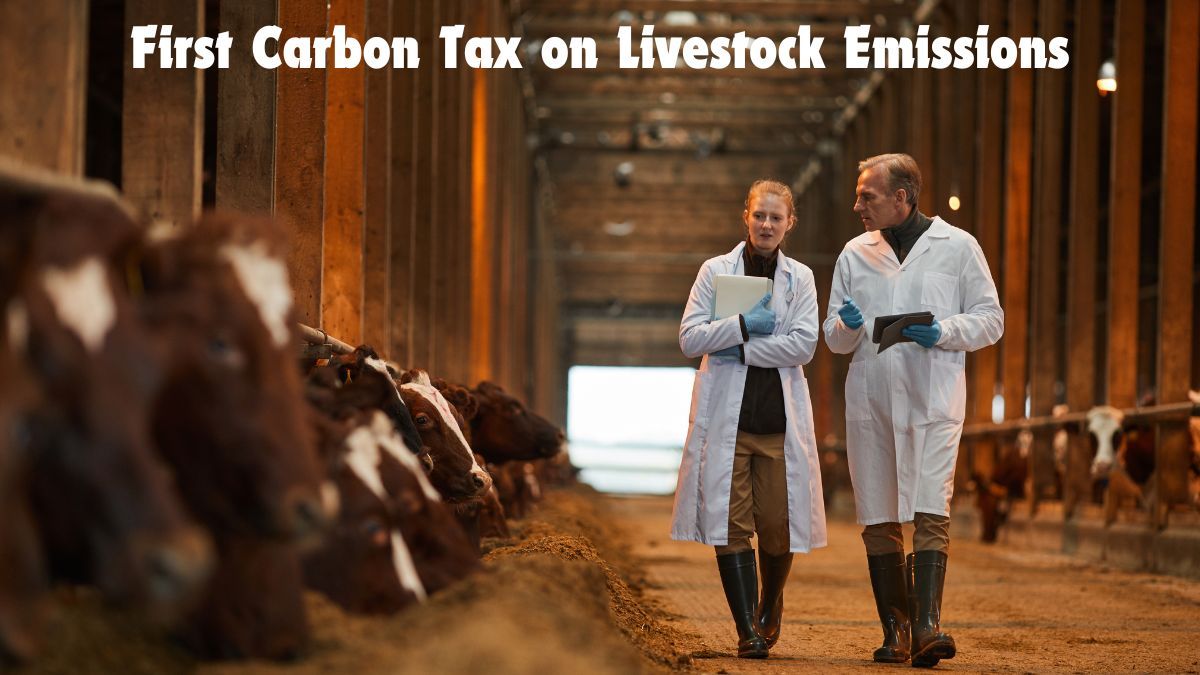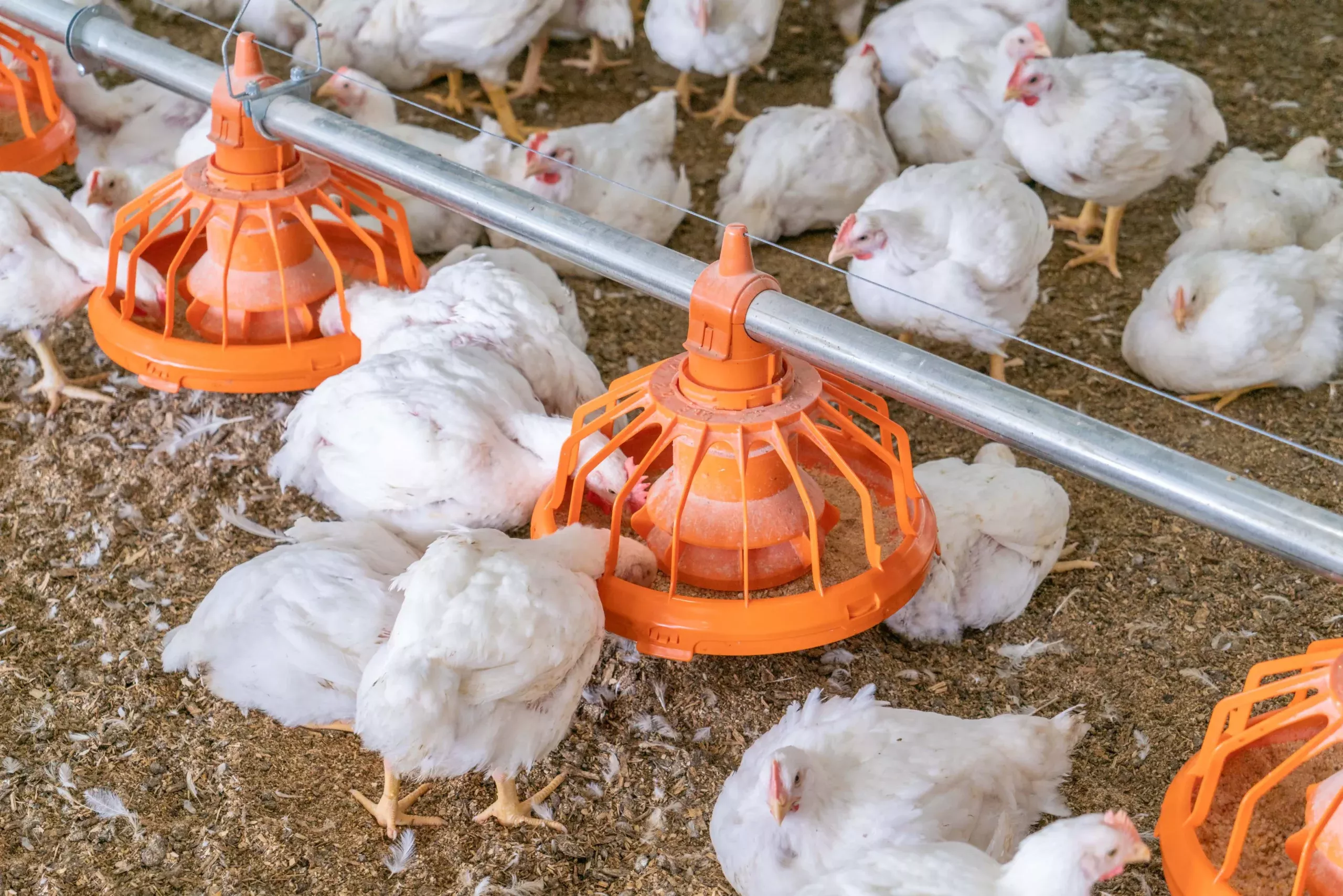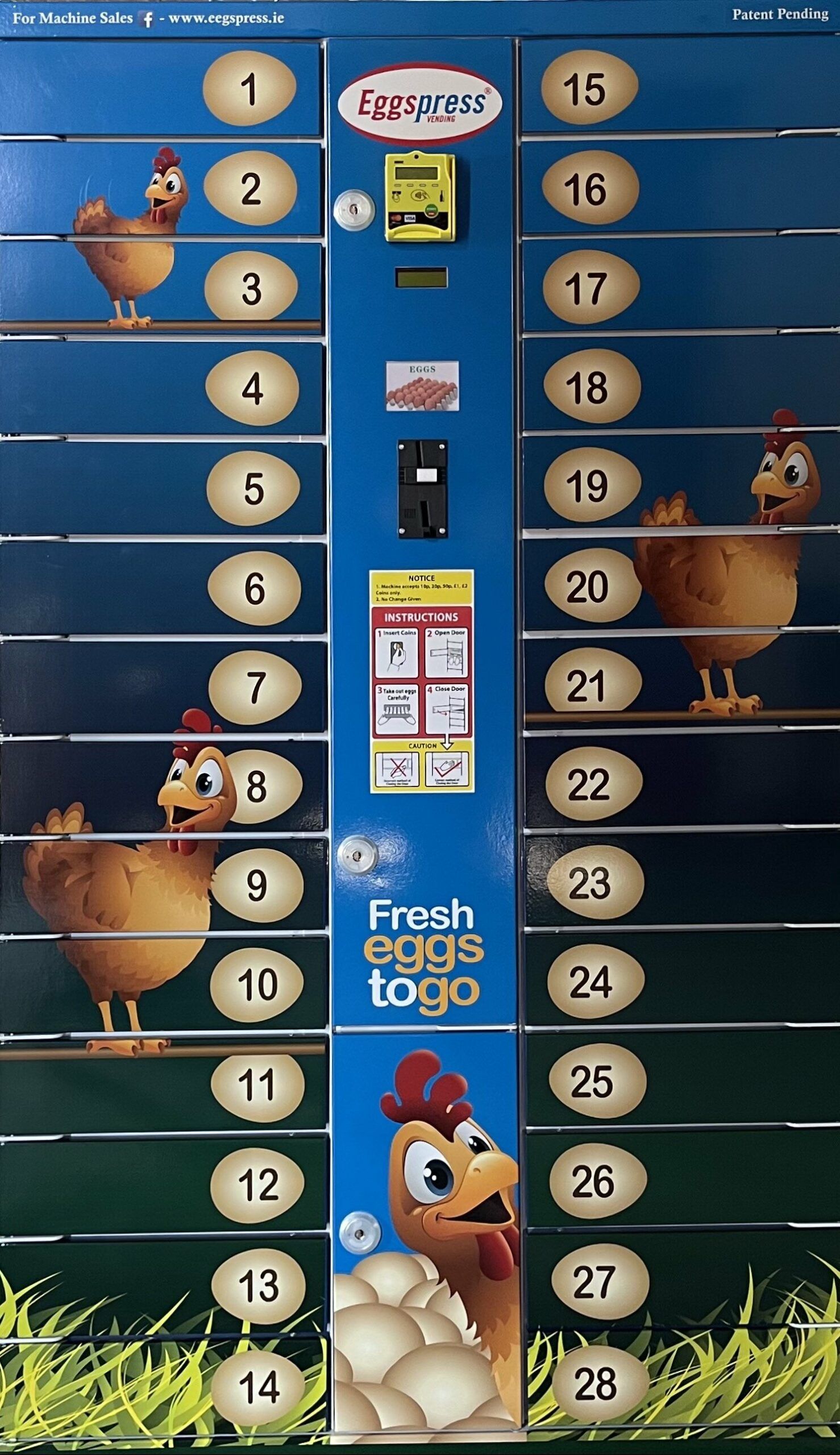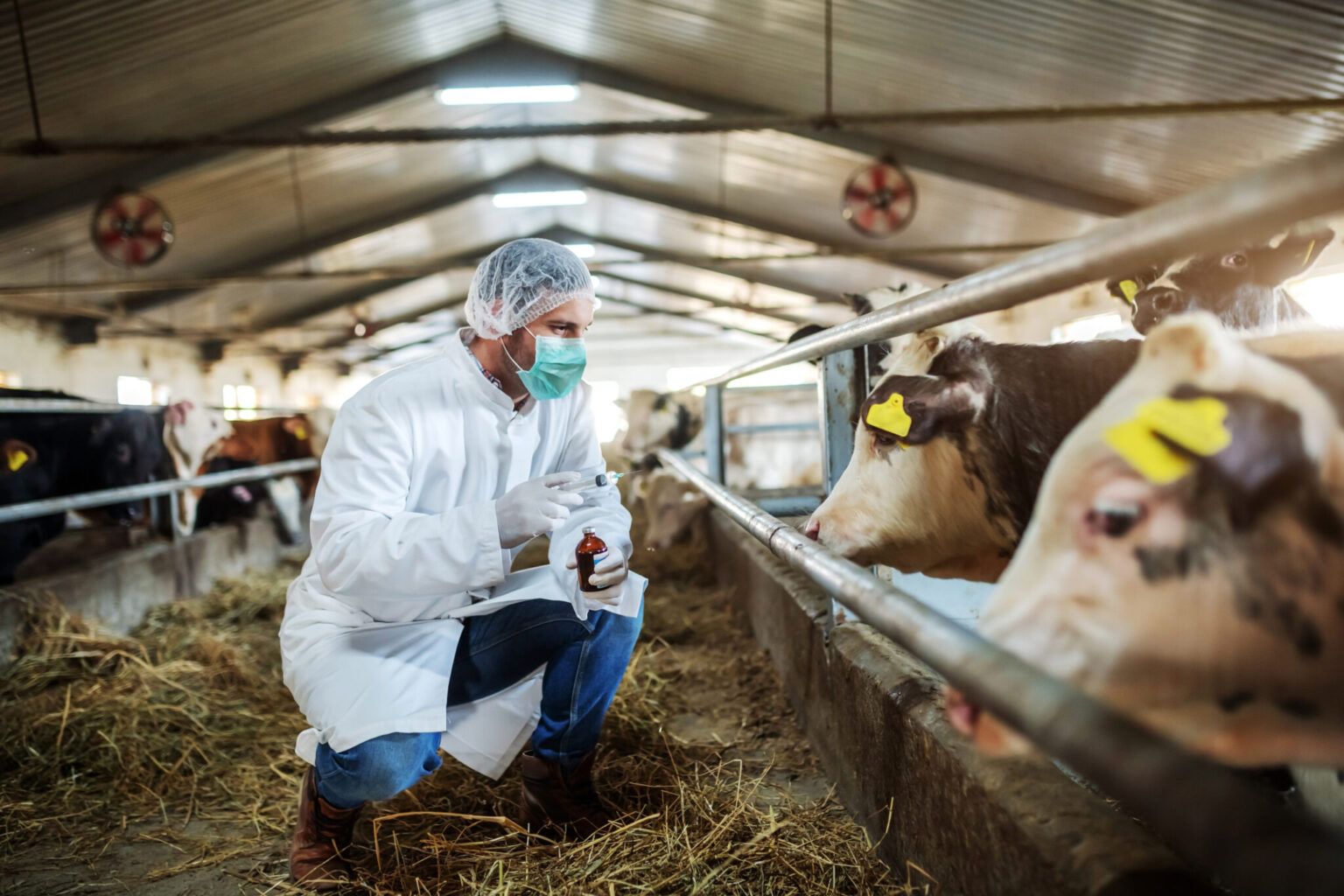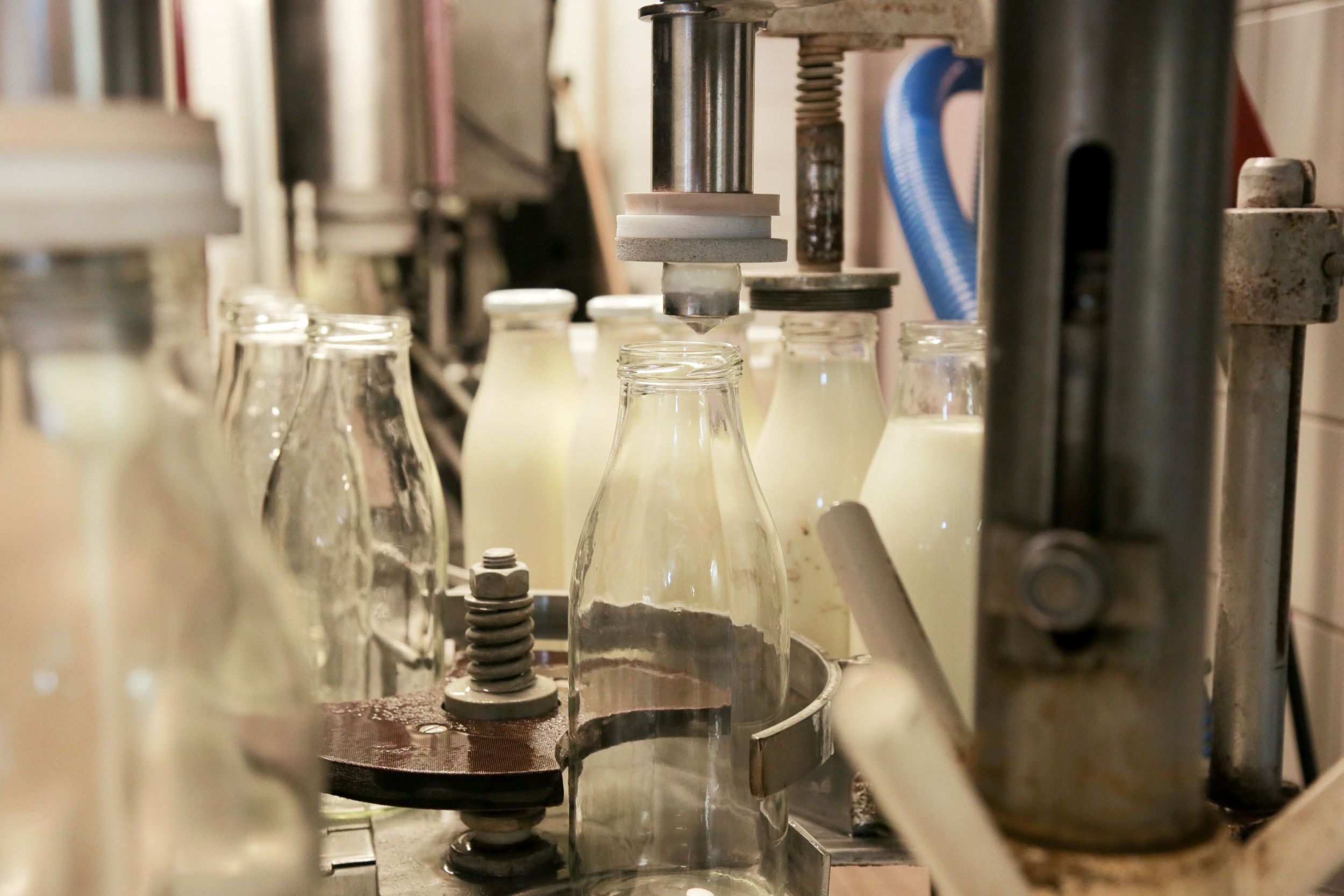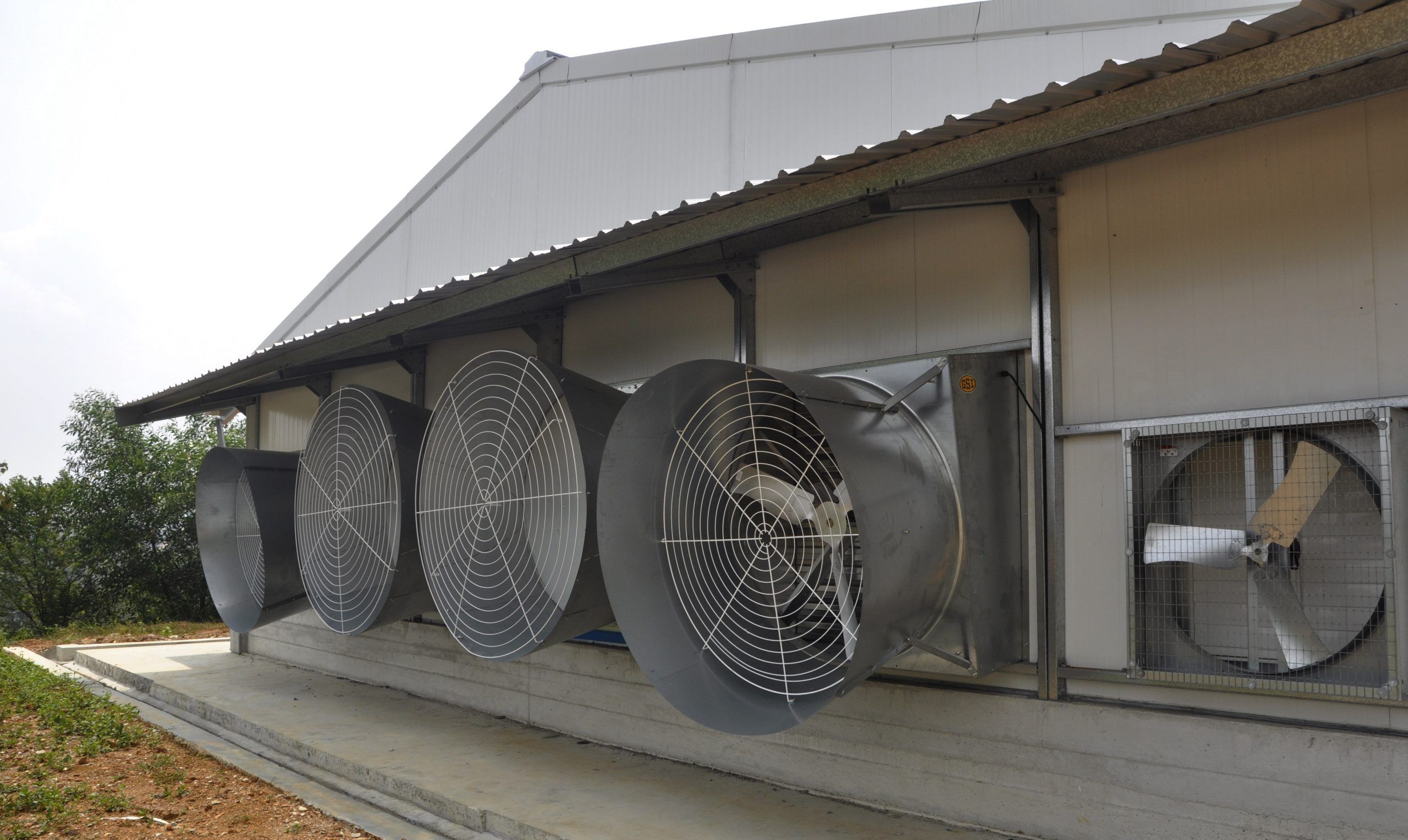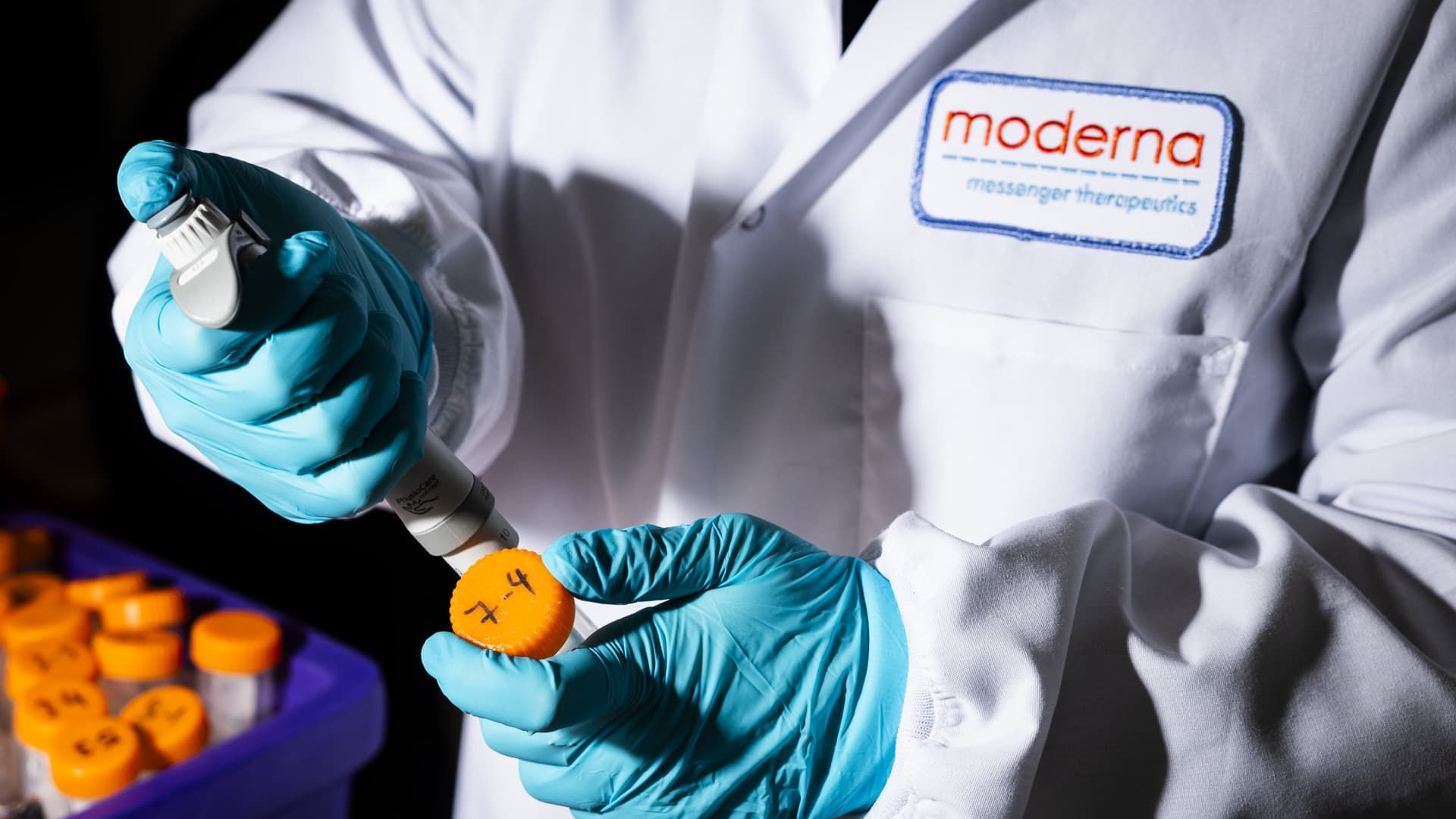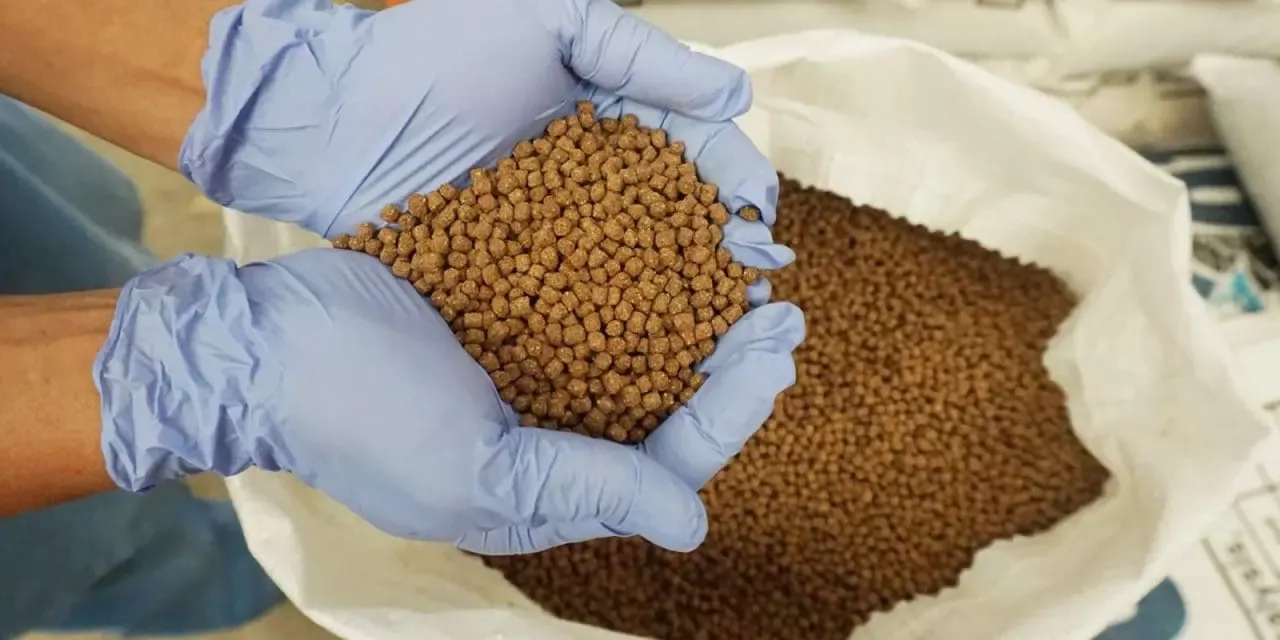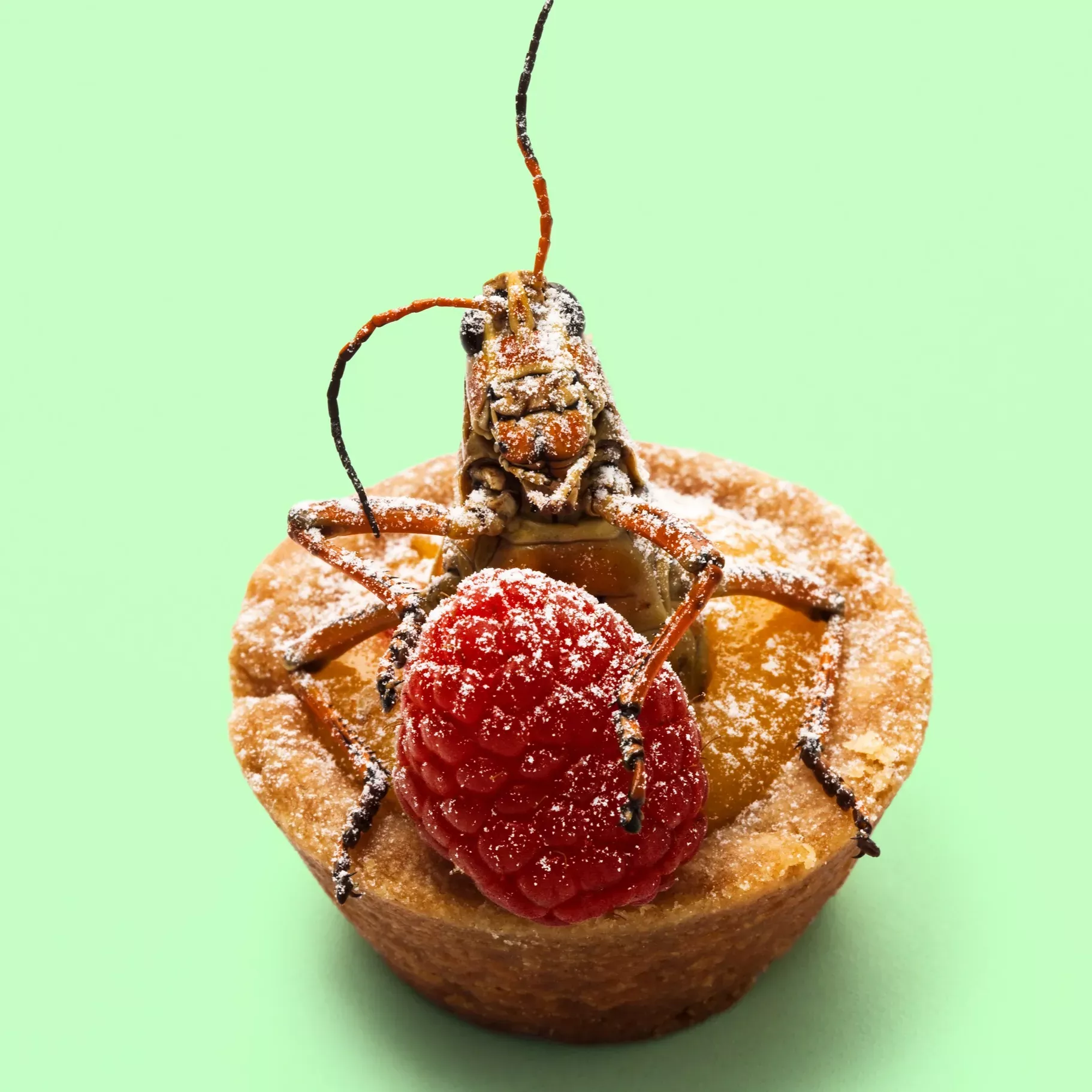World’s first carbon tax on Danish farmers
After 5 months of intense negotiations the Danish government is introducing an agricultural carbon tax payable by farmers, the first of its kind worldwide.
From 2030, this climate tax on agriculture will be charged at 300 Danish krone (€40; US$43) per ton of CO2e produced, increasing to 750 Danish krone (€100; US$107) by 2035.
However, a basic deduction, or tax break, of 60% will be applied to the average emissions from different types of livestock, providing an economic advantage to climate-efficient farmers. Following this reduction, farmers will pay 120 Danish krone (€16; US$17) per ton of CO2e in 2030, and 300 Danish krone in 2035.
Denmark is a big exporter of dairy and pork produce and agriculture emissions make up 22.4% of the country’s total carbon emissions, compared with 15.6% ten years ago.
In terms of numbers, Denmark has 547,000 dairy cows, on 2,300 farms, producing 5.87 billion kg of milk per year. It has around 900,000 beef and other cattle as well as 11.5 million pigs.
Experts believe the carbon tax will slash 1.8 million tonnes of carbon production in its first year of operation, enabling Denmark to meet its target of cutting 70% of its total emissions by that year.
This bold move comes with the agreement between the coalition government and a number of Danish farming bodies and is likely to set a precedent for other countries to follow. Sanctioning the tax with the Danish government were the Danish Agriculture and Food Council, the Danish Society for Nature Conservation, the Confederation of Danish Industry, the Trade Union NNF, and the Danish Local Government Association.
The money raised by this carbon tax is said to be going back into the agricultural sector to enhance green initiatives and climate technology. Calls have been made to ensure this tax collection is regulated and that it should possible align with an emissions trading system at EU level.
Meanwhile, farmers around the world took to social media to comment on the tax. Some called it “a real breakthrough moment for agriculture” whilst others said: “Take note, this nonsense is coming our way too.”
